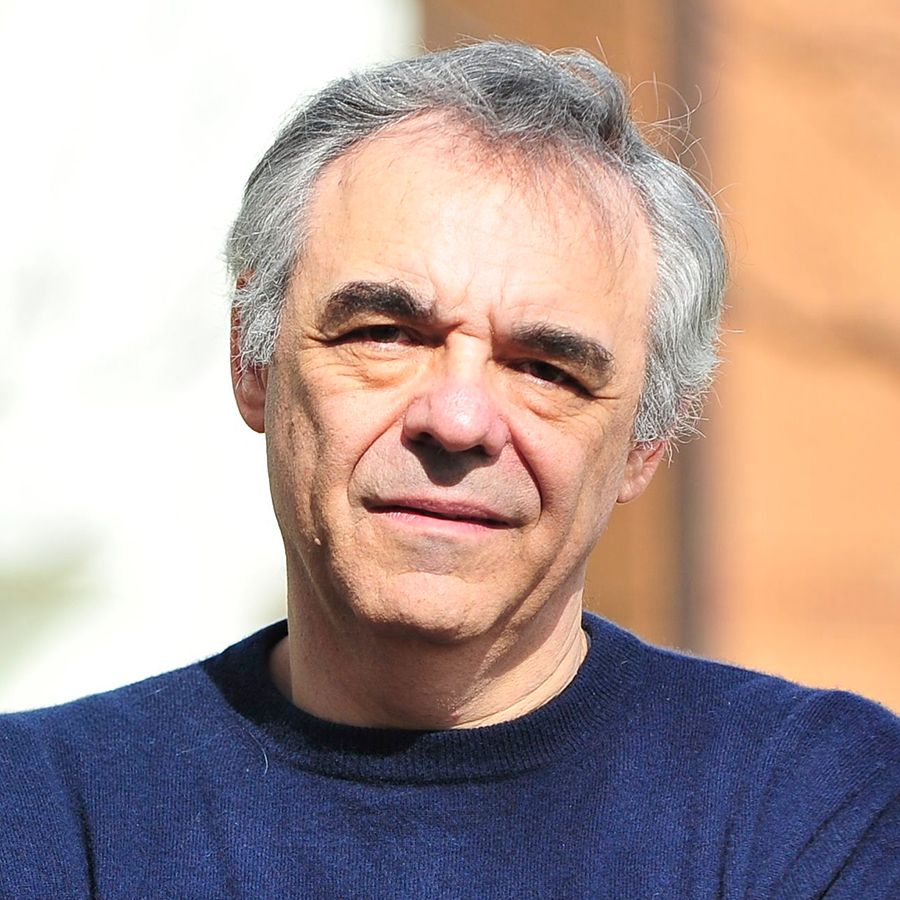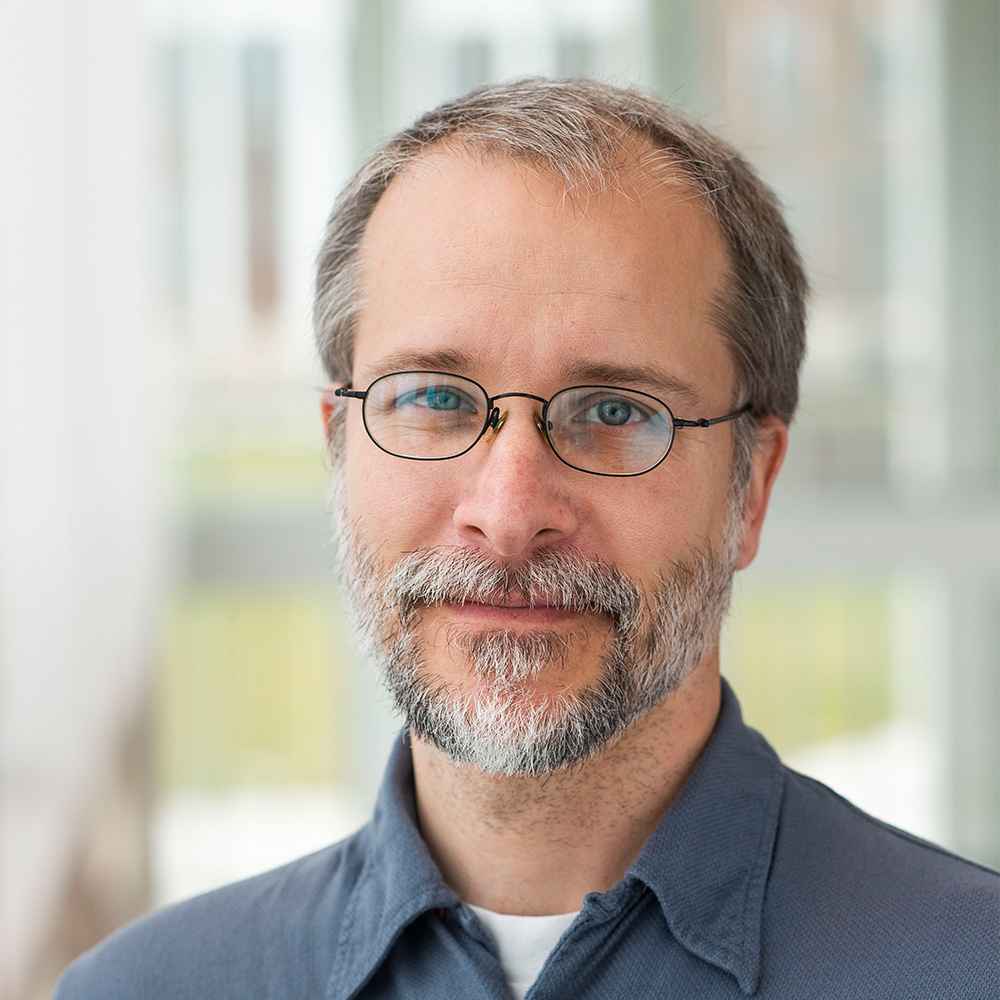Facility Background
Established in year 2008, the Biomolecular NMR Facility is a core facility in the Department of Chemistry and Biochemistry at University of Maryland, College Park. The facility currently hosts three high field liquid NMR spectrometers and has the capability to run a wide range of liquid NMR experiments. Its user base includes scientists from various fields such as organic chemistry, medicinal chemistry, biochemistry, biophysics, polymer science, material science and bioengineering.
Research
The facility provides high field NMR instrumentation to support University of Maryland research community through measurements of biomolecules, macromolecules and systems of biological interest. It also provides advanced training opportunities for students and acts as a hub for interdisciplinary collaborations.
Services
The facility provides fast and reliable high resolution liquid NMR analysis to internal and external users. Samples can be organic, inorganic, polymer, biomolecules... Details are on NMR Services webpage.
Main users

Dr. David Fushman
(Biophysical and Bioanalytical Chemistry, Theoretical and Computational Chemistry):
Development and application of new experimental and theoretical approaches to study structural properties, dynamics, interactions, and regulation in multi-domain systems; polyubiquitin signaling; structure determination and analysis of proteins, nuclear magnetic resonance (NMR) and relaxation; computational biology; molecular dynamics simulations, physical and mathematical modeling.

Dr. Kwaku Dayie
(Bioorganic Chemistry, Biophysical and Bioanalytical Chemistry, Enzymology, Structural Biology, and Theoretical Chemistry):
Structure, interactions, dynamics, and function of RNA complexes involved in catalysis and gene regulation; chemical biological methods of labeling RNAs; NMR methods development.

Dr. Jinwoo Lee
Biochemistry and Biophysics of Membrane Proteins, Membrane Protein NMR, Protein-Protein Interaction, Protein-Lipid Interaction, Viral Membrane Fusion, Magnetic Particle, Kidney Disease

Dr. Lawrence Sita
(Materials Chemistry, Nanoscience and Supramolecular Chemistry, Organometallic Chemistry and Catalysis, Surface Chemistry, Polymer Science and Chemical Technology):
Synthetic, structural and mechanistic inorganic and organometallic chemistry; molecular and mesoscopic self-assembly processes; chemically modified surface and interfaces, polymer synthesis, development and utilization of low cost catalysts for commodity chemical production.

Dr. Paul Paukstelis
Nucleic acid structure, function, and catalysis. Structural DNA nanotechnology. RNA-protein interactions. Structure based drug design.


